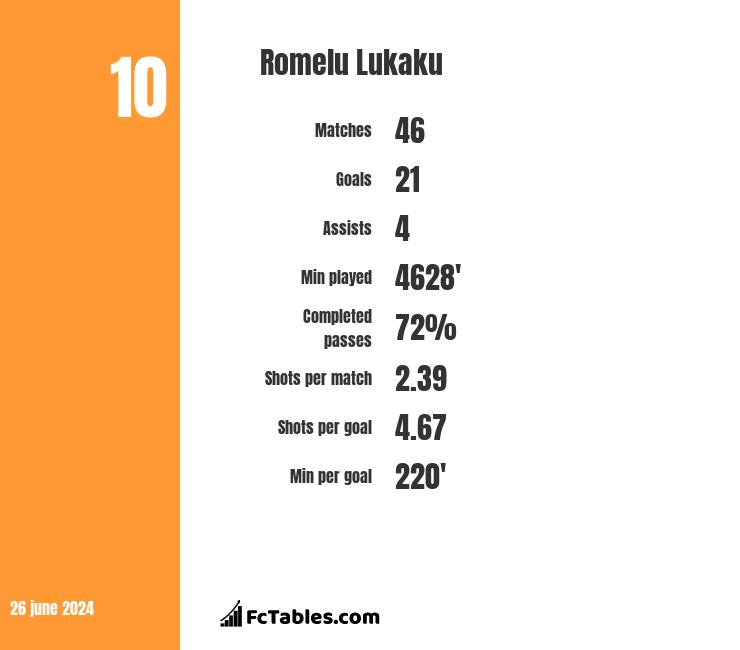CHEMISTRY ANSWERS (PRACTICAL)
WELCOME TO CHEMISTRY PRACTICAL ANSWER PAGE ===========================
KEEP REFRESHING THIS PAGE ===========================
(1) TABULATE: Burrette Readings(cm3),1st Reading | 2nd Reading | 3rd reading|
Final burette Reading|23.70|45.00|26.00|
intial burette Reading|2.00|23.50|4.30|
Volume of acid used|21.50|20.70|20.90|
Average titre value = (21.70+21.50 + 21.70)cm^3 /3
=(64.90)/3
= 21.70cm3
(1b)
A IS 0.100 mol
2.50g of Na2CO3 and
Na2SO4 in 250cm^3 Na2CO3+2HNO3->2NaNO3+H2O+CO2
Conc of B in mol/dm^3n
Conc of Na2CO3 in the mixture
Na2CO3 =106
VA
=21.7cm^3
CA=0.100
VB=25cm^3
CB=? NA=2
NB=1
CAVA/CBVB=NA/NB 0.1*21.7/
CB*25=2/1 CB=(0.1*21.7*1)/(25*2)
=0.0434M
(ii) molar concentration
=mass conc/molar mass mass conc
=molar conc*molar mass
=0.0434*106
=4.69g/dm^3
(iii) 2.50g of Na2CO3+Na2SO4->250cm^3 Xg of Na2CO3+Na2SO4->1000cm^3 Xg=2.50*1000/250 Xg=10g % of Na2CO3=4.6/10*100 =46% ===============================
2) TABULATE Test | Observation | Inference
(i) TEST: Sample C + water 5cm^3 of C + NaoH in drop and in excess
| OBSERVATION: soluble white gelatinous precipitate in drop. White soluble or dissolve (in excess).
INFERENCE: Soluble salt. Zn^2+ or Al^3+ present.
(ii) TEST: 5cm^3 of C + NH4OH in drop, then in excess.
OBSERVATION: white geletenous precipitate in drop. White geletenous ppt dissolve in excess. INFERENCE: Zn^2+ or Al^3+ present. Zn^2+ confirmed (in excess).
(iii) TEST: Solution of sample C + dilute HN3 + BaCl2(aq) + HCl(aq)
OBSERVATION: No visible reaction. White ppt form. White ppt insoluble in dilute Hcl.
INFERENCE: SO3^2- or SO4^2- may be present. SO4^2- confirmed.
(iv) TEST: Sample D + dilute Hcl(aq)
OBSERVATION: A colourless and odourless gas evolve with a effervescence. The gas turn like water milky. The gas turn blue litmus to red.
INFERENCE: The gas in CO2 from CO3^2- or HCO3- ========================================j=
(3ai) fountain experiment
(3aii) to show that HCL is extremely soluble in water
(3aiii) Ammonia gas (NH3)
(3aiv) The water turn red immediately
(3av) No (3avi) because of its solubility in water
(3b) u=>(heated) v + CO2 CaCo3(s)
=>(heated) Cao(s) + Co2(g) v + H20
=> w Cao(s) + H20(l)
=> Ca (OH)2(aq)
=U= CaCa(3),
V = Cao,
W = Ca (OH)2







Post a Comment